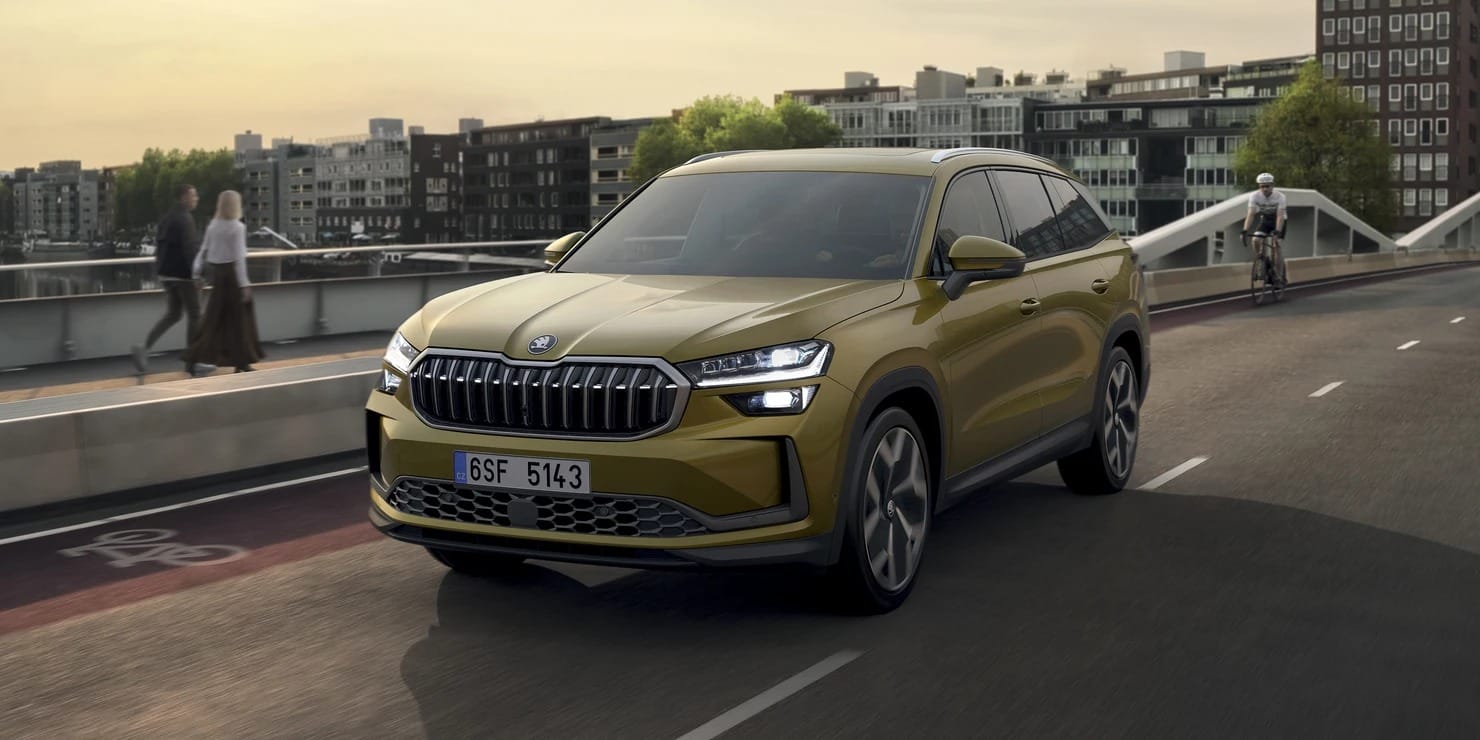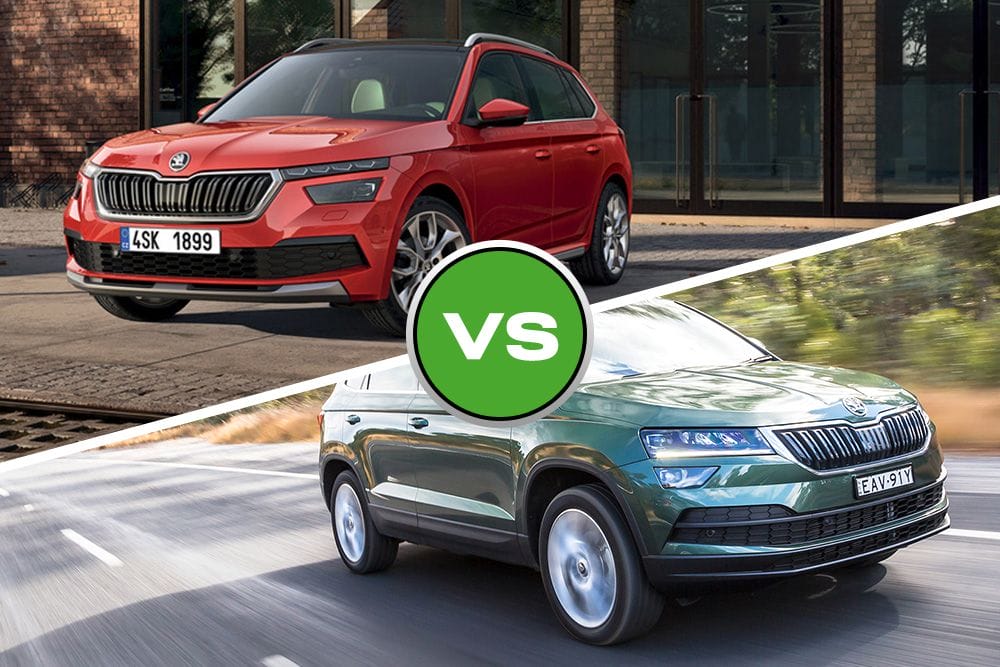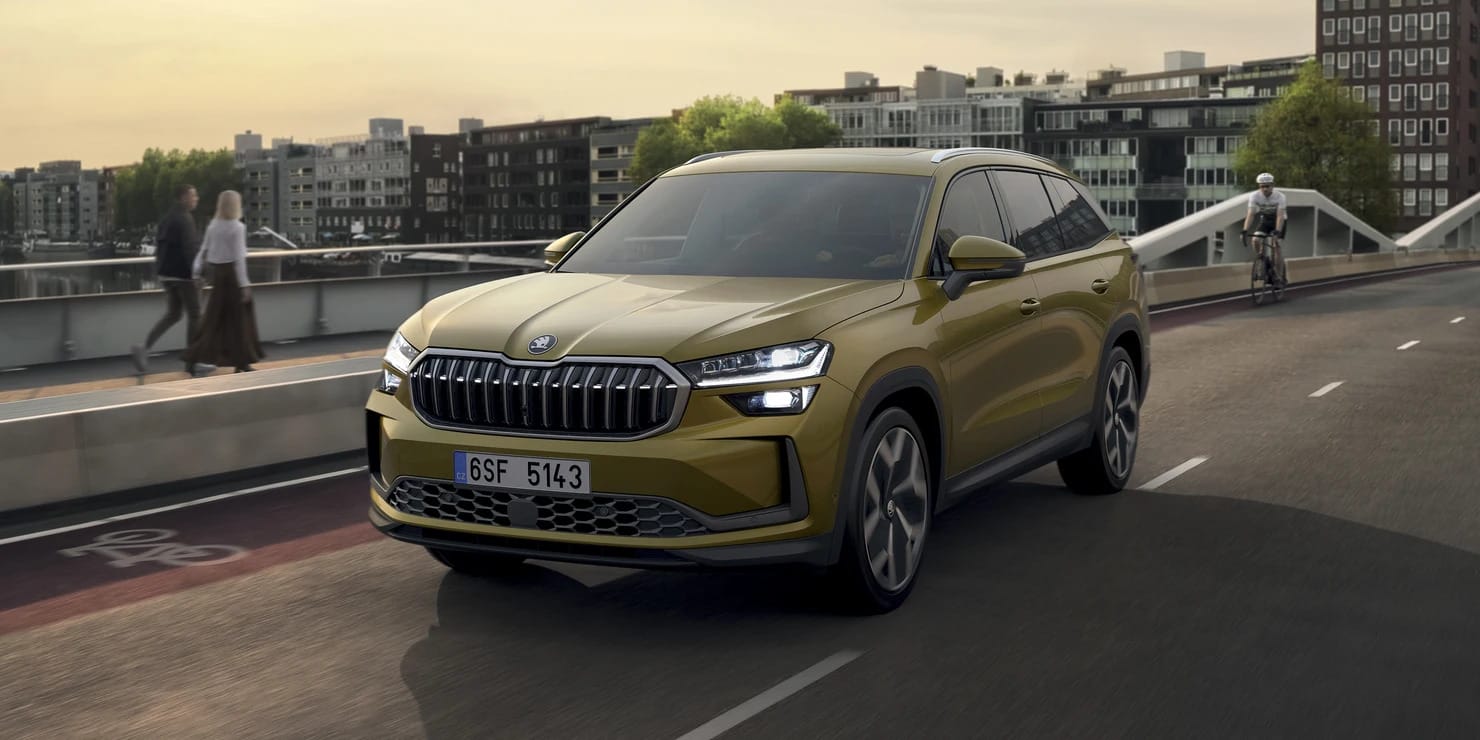Let’s be honest, finding the perfect compact SUV feels a bit like dating. You want something reliable, attractive, and that won’t drain your bank account. You need it to fit into city parking spots but still handle the weekend camping trip. And ideally, it won’t leave you stranded on the side of the road or cost a fortune to maintain.
If this sounds familiar, you’re definitely not alone. The compact SUV market is packed with options, and while that’s great for choice, it can be overwhelming when you’re trying to make a smart financial decision. Whether you’re looking at a compact or budget SUV, the goal is the same: maximum value without compromise.
What actually makes a compact SUV great?
It won’t break your budget at the petrol station
Fuel costs add up fast, and with petrol prices doing their usual roller-coaster routine, efficiency matters more than ever. Here’s the thing, though: those official fuel consumption figures? They’re often a bit optimistic.
The federal government’s Green Vehicle Guide gives you the official numbers, but it’s worth cross-checking with the Vehicle Emissions Star Rating site. This one’s particularly useful because it now includes real-world testing data from the Australian Automobile Association (AAA). Their compare calculator can help you estimate what you’ll actually spend on fuel each year.
Why does this matter? AAA’s testing has found that many popular cars use up to 30% more fuel on the road than in laboratory conditions. Nobody likes surprises at the bowser, so comparing fuel economy between different SUVs in Australia is a must.
It actually fits your life
Sure, SUVs are supposed to be practical, but some are more practical than others. You want something that’s easy to park in the city but still has enough room for the weekly grocery haul, a pram, or that occasional IKEA run.
The sweet spot is finding something with good rear legroom (your passengers will thank you), a boot that opens wide and low for easy loading, and dimensions that won’t have you doing a three-point turn in every car park.
WhichCar’s breakdown of small SUVs organises options by budget and use case, which is handy for getting a shortlist together without getting lost in endless specifications. This also helps compare small- and medium-sized SUVs, and even highlights when you might be better off skipping large SUVs entirely if you don’t need the extra bulk.
Safety that actually works
Here’s where things get a bit tricky. Not all safety features and ratings are created equal, and they change over time as standards get tougher. Always check the ANCAP website for the most current rating, and pay attention to the datestamp; a 5-star rating from 2020 isn’t the same as one from 2024.
Look for cars with autonomous emergency braking, lane-keeping assistance, rear cross-traffic alert, and blind-spot monitoring as standard. These aren’t just nice-to-haves anymore; they’re the kind of tech that can genuinely prevent accidents.
Hybrid, electric, or petrol: What actually saves you money?

This is probably the biggest decision you’ll make, and it’s not just about being environmentally conscious; it’s about your wallet too.
Petrol is still the most affordable upfront and easiest to refuel anywhere. If you’re doing lots of highway driving or can’t charge at home, petrol might be your best bet.
Hybrids cost more initially but can save serious money if you do a lot of city driving. They’re particularly good if you spend time in stop-start traffic. The fuel savings can add up quickly, especially with city commuting.
Electric vehicles have the lowest running costs once you own them, but they need the biggest upfront investment. If you can charge at home and mostly drive locally, the numbers often work out well over time.
Use the Green Vehicle Guide and VESR comparison tool to crunch the numbers for your specific driving patterns. And remember, AAA’s real-world testing shows that actual efficiency can vary significantly from the official figures, so build in a buffer when comparing SUVs in Australia.
Do you really need all-wheel drive?
All-wheel drive sounds impressive, but it’s not always necessary. If you’re mostly driving on sealed roads, front-wheel drive will save you money both upfront and at the petrol pump.
AWD makes sense if you regularly drive on unsealed roads, need better traction in wet conditions, or live somewhere with steep, winding roads. But it comes with trade-offs: higher purchase price, more fuel consumption, and potentially more expensive servicing.
Ground clearance matters more than you might think. Even an extra 20mm can make the difference between scraping the undercarriage on a steep driveway or clearing it comfortably. If you occasionally venture onto gravel roads or need to navigate rough car parks, look for something with at least 200mm of clearance.
The costs nobody talks about
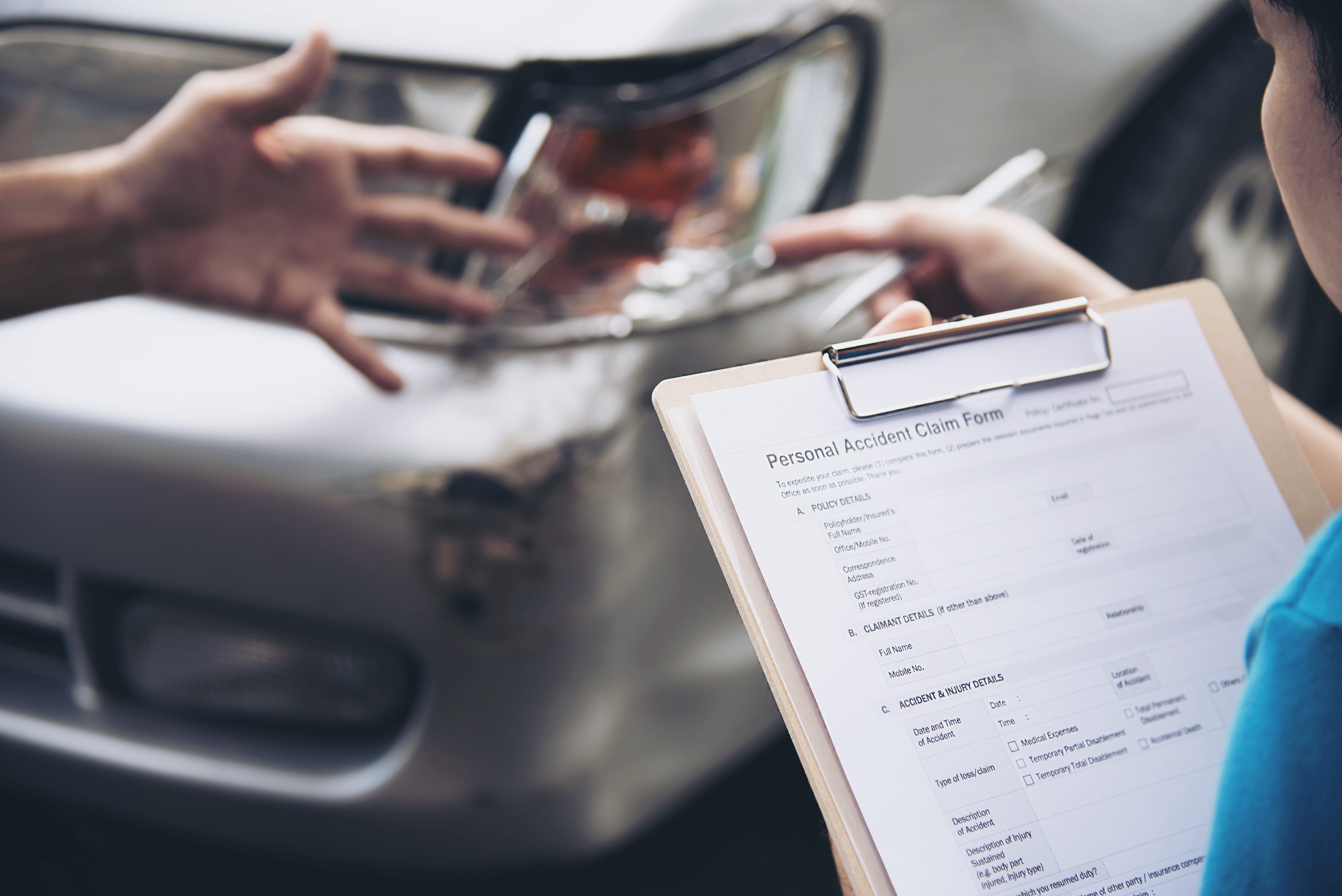
Insurance reality check
Your insurance premium can vary dramatically between similar cars, and it’s often not obvious why. Factors that affect your premium include the car’s safety rating, repair costs, theft statistics, and even the typical age of drivers who buy that model.
Before you fall in love with a particular model, get a few insurance quotes. Canstar’s guides explain what insurers look for, and it’s worth understanding how insurance costs are calculated before you buy.
Family-friendly essentials
If you’ve got kids or are planning to, ISOFIX anchor points and top-tether points aren’t optional; they’re essential for properly securing child seats. Most modern cars have them, but it’s worth checking the specific locations and how easy they are to access.
RAC WA has excellent practical guides on child seat installation and child car seat laws that are worth reading, even if you’re outside WA, the physics of child seat safety is the same everywhere.
What really matters day-to-day
When you’re test driving, pay attention to these often-overlooked details:
- Boot shape and load lip height: A wide, square boot with a low load lip makes loading heavy items much easier
- Spare wheel vs repair kit: A proper spare wheel is more reassuring, especially for country driving
- Roof rail load limits: If you want to carry bikes or boards, check the actual weight limits; they vary more than you’d expect
- Towing capacity: Even if you don’t tow now, having the option for a small trailer can be handy
Making sense of safety ratings
Here’s a quick how-to for making sense of ANCAP ratings:
- Go to ANCAP’s website and search for your specific model
- Check the date stamp; ratings are only valid for cars built after the test date
- Look for the build date range that applies to the car you’re considering
- Remember that newer tests are generally more stringent, so a recent 5-star rating carries more weight
For example, the Škoda Kamiq’s ANCAP page shows it carries a 5-star rating applicable to all variants, but always confirm this matches the build date of any car you’re considering.
Smart ways to save money

Consider demo models and nearly-new cars
Demo cars can offer significant savings while still giving you most of the benefits of buying new. In most cases, you’ll get the full manufacturer warranty from when you become the first owner, not from when the car was first registered as a demo.
Always confirm the remaining warranty period in writing, and check out resources like RAC’s guide to buying demo cars and the WA Consumer Protection warranty information.
Finance options that actually make sense
Car finance can be confusing, but Moneysmart’s car loan guides break down the options clearly. Compare interest rates, fees, and terms from multiple lenders before making a decision.
Guaranteed Future Value (GFV) plans can provide certainty about your car’s minimum value at the end of the loan term. These can be particularly useful if you like to upgrade regularly or want predictable monthly payments.
Used car essentials
If you’re looking at used cars, always do a PPSR check; it costs $2 and tells you if the car has money owing on it, has been written off, or reported stolen.
The WA used car buyer checklist is useful regardless of where you live; it covers the inspection basics and paperwork essentials.
Why European options deserve a look
While it’s easy to default to the usual suspects, European brands can offer genuine value, especially if you prioritise build quality and features. Take Škoda, for example, it’s part of the Volkswagen Group, so you get German engineering and European design, but often at more accessible prices than the premium badges.
The Kamiq and Karoq both offer thoughtful design touches that make daily driving easier, things like umbrella holders in the doors, smart storage solutions, and genuinely useful tech integration. They come with a 7-year unlimited-kilometre warranty in Australia, which provides genuine peace of mind for budget-conscious buyers.
Both models have earned strong safety credentials, with the Kamiq holding a 5-star ANCAP rating across all variants. They also offer pre-paid service packs that help keep maintenance costs predictable – something that’s particularly valuable when budgeting long-term.
For buyers comparing different SUVs in Australia, Škoda offers an appealing alternative to both mainstream and large SUVs, striking a balance between practicality, value, and European quality.
So, which one should you buy?
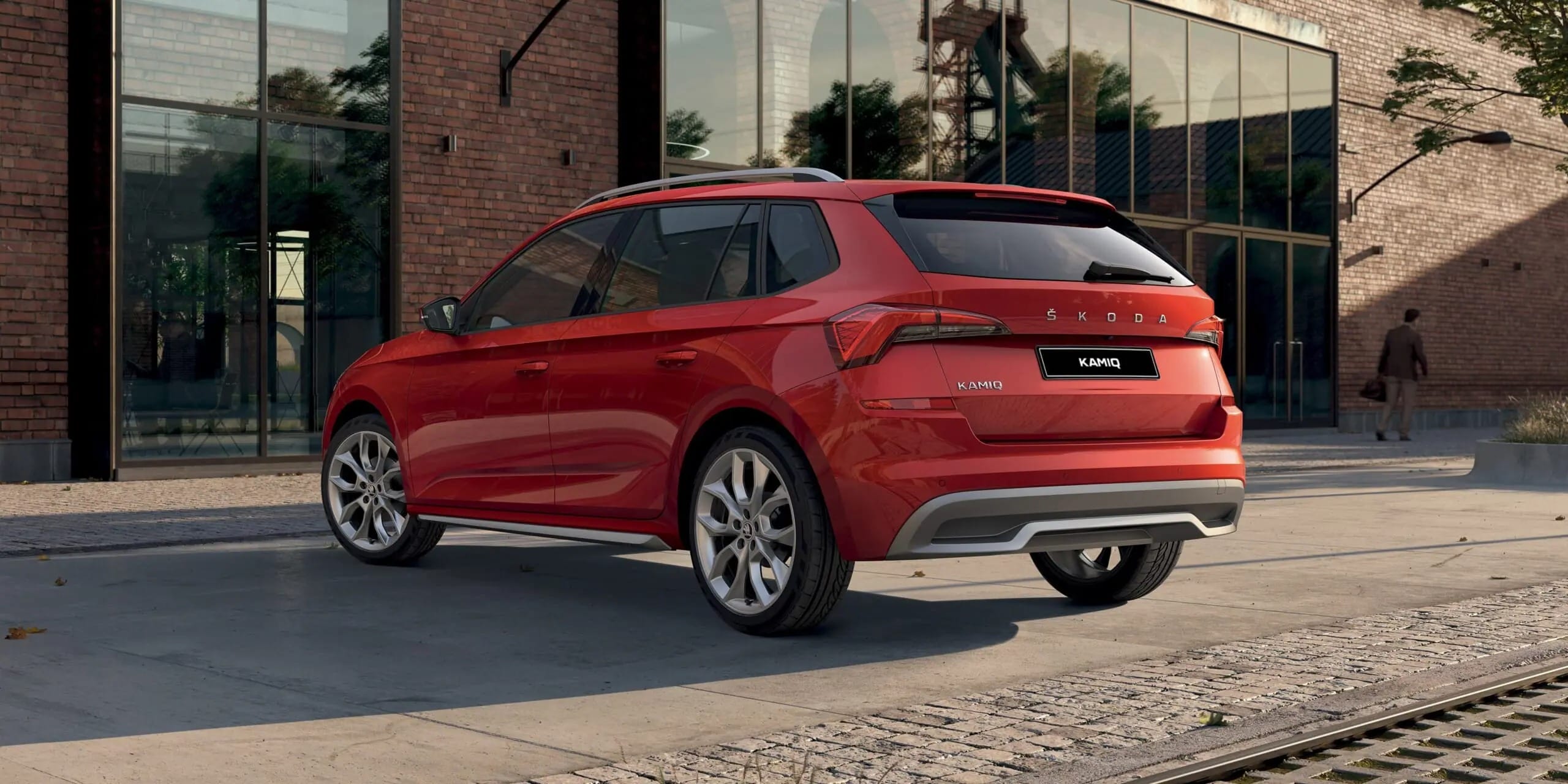
The best compact SUV for you is the one that fits your actual needs and budget, not the one that looks best on paper or has the flashiest marketing. Consider your real driving patterns, think about your priorities, and don’t be swayed by features you’ll never use.
Take time to research running costs using the government tools, get insurance quotes before you buy, and always test drive any car you’re seriously considering. Pay attention to how it feels to live with daily, how easy it is to get in and out, how the controls work, and whether the ergonomics suit you.
Remember, the smartest choice isn’t always the cheapest or the most expensive; it’s the one that gives you the best balance of features, reliability, and value for your specific situation.
Ready to start shopping?
Start by using the Green Vehicle Guide and VESR comparison tools to estimate running costs for models that interest you. Check ANCAP ratings for safety, and don’t forget to get insurance quotes.
The compact SUV market offers some genuinely good options for budget-conscious buyers. Take your time, do your research, and you’ll find something that serves you well for years to come. Most importantly, book some test drives. Numbers on paper can only tell you so much; you need to experience how a car feels to drive and live with before making your final decision.
So, explore the Škoda SUV range today and see how much smart value you can get. Book a test drive or enquire now.

